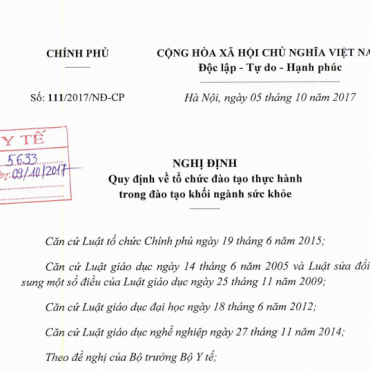|
|
|
|
|
One-Year Anniversary
|
November 15, 2025 |
|
|
|
To mark the one-year anniversary of JAMA+ AI, we’ve invited the JAMA+ AI editors to share articles that they found memorable this year.
This week, JAMA Cardiology AI Editor Faraz Ahmad, MD, MS, and JAMA Ophthalmology AI Editor Tin Yan Alvin Liu, MD, share the articles they deemed transformative.
|
|
 Faraz S. Ahmad, MD, MS, is a heart failure cardiologist and clinical informaticist. He is Associate Director of the Northwestern Medicine Bluhm Cardiovascular Institute Center for Artificial Intelligence and leads a digital health research lab at Northwestern University. His work focuses on developing and integrating AI and digital health tools to improve care quality, streamline operations, and enhance cardiovascular outcomes. Faraz S. Ahmad, MD, MS, is a heart failure cardiologist and clinical informaticist. He is Associate Director of the Northwestern Medicine Bluhm Cardiovascular Institute Center for Artificial Intelligence and leads a digital health research lab at Northwestern University. His work focuses on developing and integrating AI and digital health tools to improve care quality, streamline operations, and enhance cardiovascular outcomes.
|
|
|
Dr Ahmad’s selection: “Artificial Intelligence–Enabled Prediction of Heart Failure Risk From Single-Lead Electrocardiogram,” published in JAMA Cardiology on April 16, 2025:
"In this study, the authors developed and validated an AI-ECG model that uses data from a single lead to predict the risk of developing heart failure. When compared with two established heart failure risk models, the AI-ECG model showed performance that was generally similar, with modest improvements across several evaluation metrics.
Single-lead ECGs—common in consumer wearables like smartwatches and widely used in ambulatory cardiac monitors—are increasingly integrated into other devices. If these signals can reliably predict heart failure risk, the implications are significant: an easy, scalable way to find people at high risk and act early to prevent a serious condition that greatly affects public health.
This proof-of-concept study lays the groundwork for future research to test the model on different devices and combine it with targeted strategies to help prevent heart failure."
|
| |
|
|
|
|
 T. Y. Alvin Liu, MD, is the James P Gills Jr MD and Heather Gills Rising Professor of Artificial Intelligence in Ophthalmology at the Wilmer Eye Institute, Johns Hopkins University (JHU). He is also the inaugural Director of the Gills AI Innovation Center, which is the first endowed ($10 million) AI center at the JHU School of Medicine. His research focuses in the real-world implementation of AI technologies both for clinical and operational purposes. T. Y. Alvin Liu, MD, is the James P Gills Jr MD and Heather Gills Rising Professor of Artificial Intelligence in Ophthalmology at the Wilmer Eye Institute, Johns Hopkins University (JHU). He is also the inaugural Director of the Gills AI Innovation Center, which is the first endowed ($10 million) AI center at the JHU School of Medicine. His research focuses in the real-world implementation of AI technologies both for clinical and operational purposes.
|
|
|
Dr Liu’s selection: “Generation of Fundus Fluorescein Angiography Videos for Health Care Data Sharing,” published in JAMA Ophthalmology June 26, 2025:
"Wu and colleagues introduced a deep-learning-driven model that generates fundus fluorescein angiography (FFA) videos from text prompts, an innovative application of generative AI in ophthalmology. FFA remains a critical retinal imaging modality for diagnosing and managing blinding retinal vascular diseases, including neovascular age-related macular degeneration and diabetic retinopathy.
At the time of publication, this was among the first text-to-video generative AI techniques in the field, opening the door to use cases, such as synthetic surgical video generation, which could transform teaching, practice, and assessment of procedural skills in ophthalmology.
Future work will need to compare text-to-video approaches with image-to-video approaches like Fundus2Video, which creates dynamic FFA videos from static fundus images."
|
| |
|
|
|
|
If you enjoy JAMA+ AI, we invite you to forward this email to a colleague and spread the word.
|
|
|
|
|
|
Thank you for subscribing to JAMA Network email alerts. This message was sent to buiduytam1@gmail.com by updates@email.jamanetwork.com.
To update your contact information, change your email preferences, or unsubscribe, click here.
To ensure you always receive JAMA Network emails, add the email address updates@email.jamanetwork.com to your address book.
To unsubscribe by mail, contact:
JAMA Network
AMA Plaza
330 N Wabash Ave
Chicago, IL 60611
Or call (800) 621-8335.
|
      |
|
©2025 American Medical Association. All rights reserved.
|
|
 |
|
Advertisement
|
|
|




















